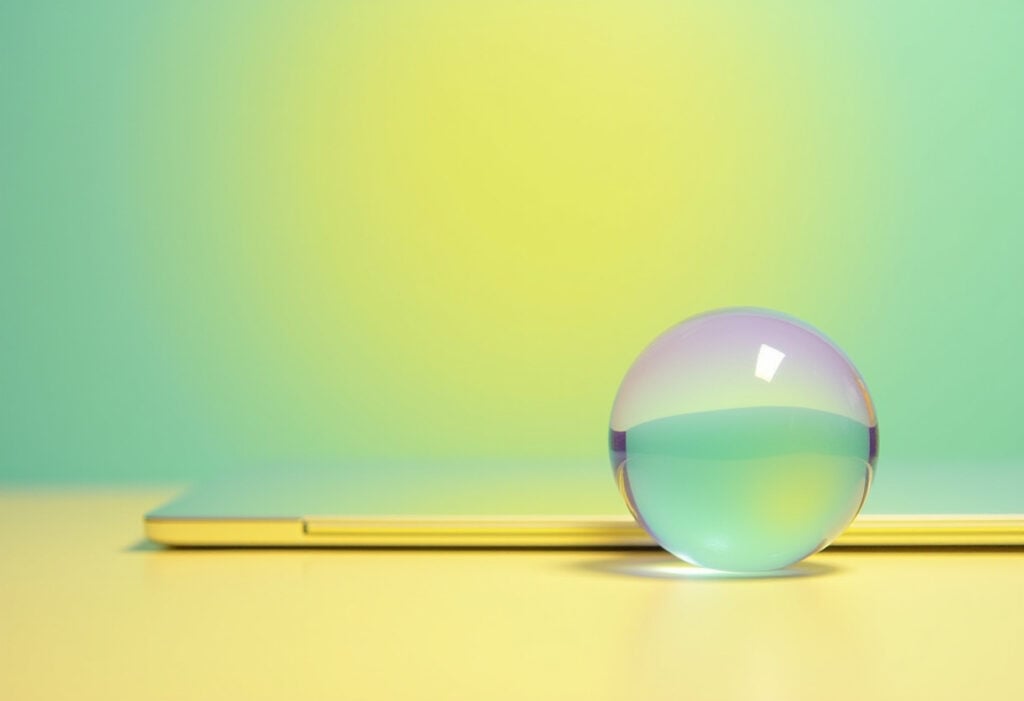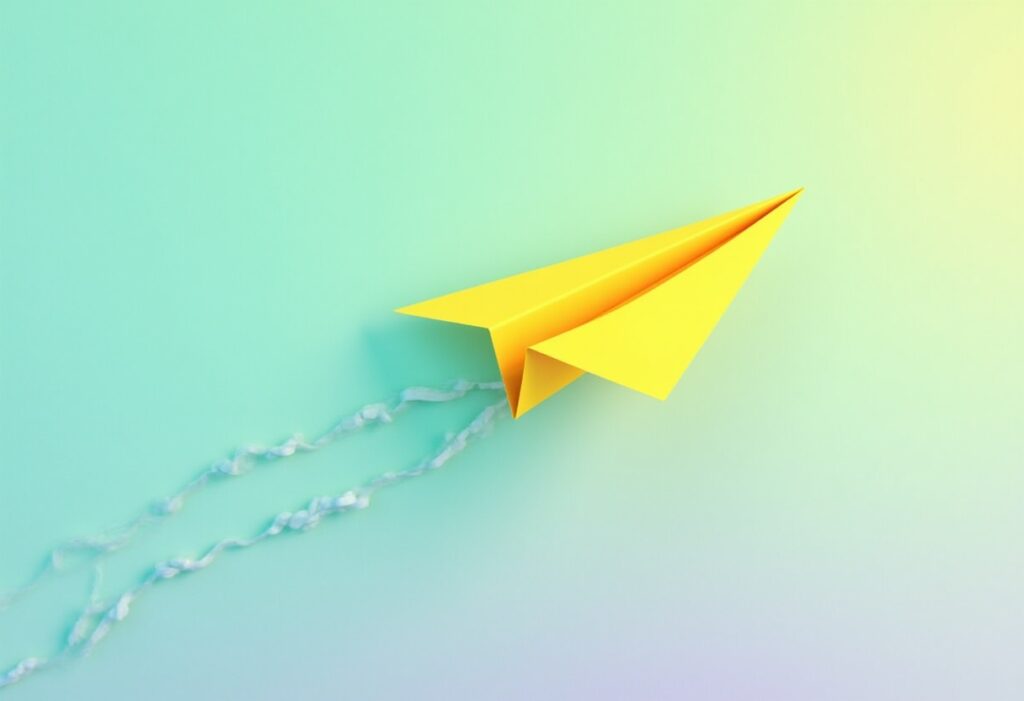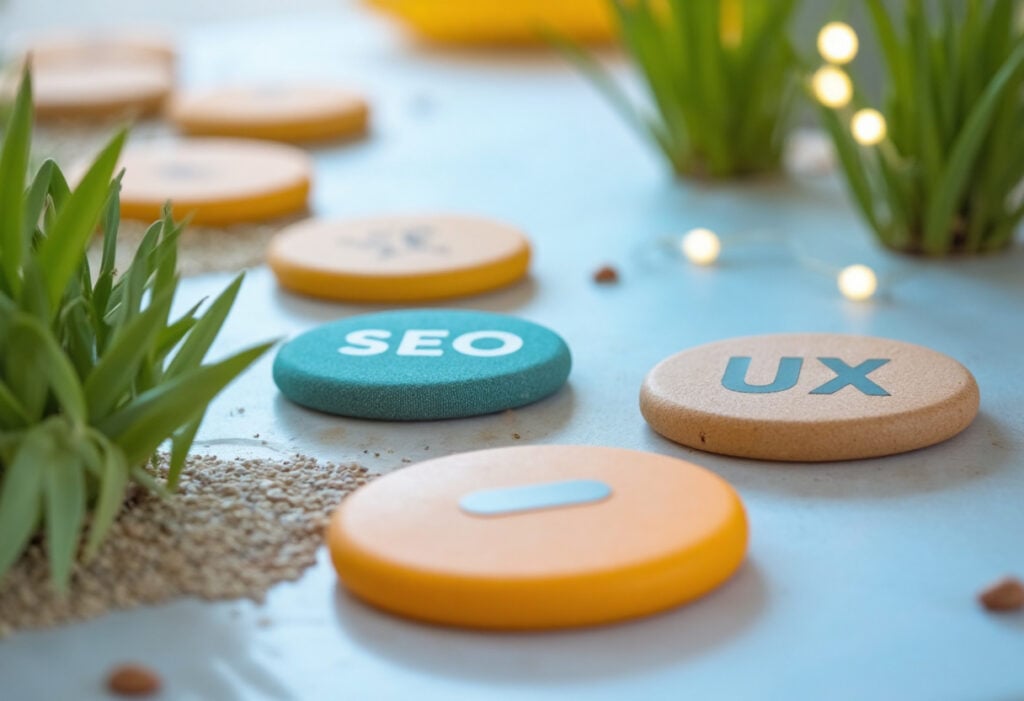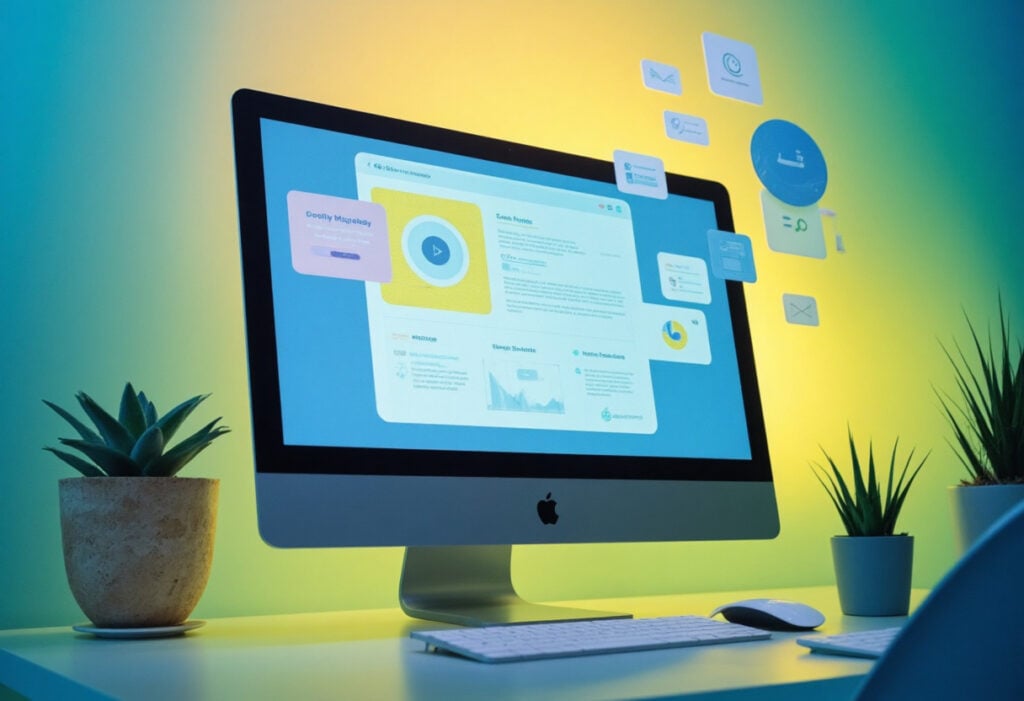As digital landscapes continue to evolve, staying ahead of web design trends is crucial for businesses, developers, and designers.
Our web design agency has unveiled its latest infographic on Web Design Predictions and Trends for 2025, providing insights into the future of digital experiences.
Read on to find out our web design trend predictions for 2025, and discover how your business can get ahead of the curve!

- Skeuomorphism makes a comeback
Skeuomorphism is a design concept that incorporates real-world objects to create a sense of realism and familiarity within web designs. Examples of skeuomorphic design include buttons that look like they could be pressed and interactive elements such as turning over a product.
Head of Design at Yellowball, David Groombridge, states:
‘Skeuomorphism is seeing a resurgence going into 2025 as users seek more intuitive and engaging user interfaces. This design approach blends nostalgia with modern techniques, creating a familiar and fresh aesthetic. Applying subtle skeuomorphic elements can help to enhance the user experience and make digital environments more relatable.’
- Brutalist design sees a revival, with a 22% increase in search interest
Brutalist principles are seeing a resurgence in modern websites. With bold typography, simple layouts and stripped-back designs, we have started seeing a departure from the more polished aesthetics of yesteryears. ‘Brutalist web design’ has seen a 22% increase in Google searches in Sep-Dec 2024.
- Neumorphism is the aesthetic to watch out for
Neumorphism combines skeuomorphism and flat design, giving website elements a three-dimensional effect, yet retaining minimalist principles. We can expect to see the incorporation of neumorphism into websites to create a more dynamic feel, inviting the user to interact with elements on site, while still retaining a clean design look.
- AI personalisation delivers a more tailored web experiences
AI changes have started to revolutionize the web design industry, with tools including ChatGPT, Figma and Midjourney impacting the web design process itself. In 2025 we can expect to see more advanced capabilities to analyse user web behaviour which will allow us to deliver more tailored web experiences to those users.
- Chatbots get more chatty
As chatbots grow in sophistication, we can expect to see a higher number of websites implement them. Chatbots can help improve the user experience by providing users with answers to questions straight away. They can also support your brand voice. How would you like to speak to your customers? The chatbot can allow your site to do exactly that, in real-time, minimising any friction in the user journey.
- Augmented Reality (AR) bridges the gap between the physical and digital worlds
Augmented reality integrations will no longer be reserved for the largest websites with the biggest budgets. In 2025, we can expect to see more virtual try-ons and tours, paving the way to bridge the gap between the physical world and the digital world.
- Web design goes green
We’ve already seen some changes in this arena, with top retail websites implementing energy-saving options including removing unnecessary imagery and dimming the users’ screens to conserve energy. We can expect to see the implementation of ‘dark mode’ and other sustainability features to grow in 2025.
- 3D Visuals bring products to life
As 3D design evolves, we can expect to see more of these elements in website designs in 2025. In the world of e-commerce, this will allow users to zoom in on products and inspect products from all angles, allowing the user to understand and experience the product before purchase.
- Dynamic cursors make a resurgence
Dynamic cursors can change their appearance or the appearance of content on-site depending on user interaction. They can help to guide users through the site, signify key content and support your brand identity on-site. We can expect to see a rise in the use of these as website owners look for more ways to improve user engagement on-site.
- Microinteractions aren’t so micro
Microinteractions offer subtle feedback to users when they take an action, such as a link changing colour when the user hovers over it. Providing feedback such as slight movement as the user scrolls over an element helps to add a dynamic sense to website content. As website owners look to drive user engagement on-site, we can expect to see microinteractions take more importance in web design strategies.
- Scrolling animations and interactive elements enhance brand experience
Scrolling animations can help not only to engage users, but also guide user flow, and create a more memorable experience on-site. Implementing interactive elements on-site such as videos can help to grab a user’s attention and keep them on your site for longer. As web design gets more sophisticated, we can expect to see more sites employing these tactics in 2025 to further bring their brand to life through their website.
As we consider 2025 web design trends, we’re seeing a movement towards greater emphasis on sustainability, as well as the ability to connect with customers more on a personal level. Overall we can expect to see a shift to websites becoming more of a tool to create a meaningful connection with customers, providing more personalised experiences. In terms of aesthetic trends, a swing towards simple and brutalist designs, together with a focus on microinteractions and interactivity make the world of web design a varied place as website owners and agencies implement more sophisticated ways of improving user experience.
Yellowball is a boutique web design agency based in London, with experience designing 150+ websites to date. For information on your next web design project and how we can help your business get ahead of the trends, contact us today.
Read more: Web Design Guides










